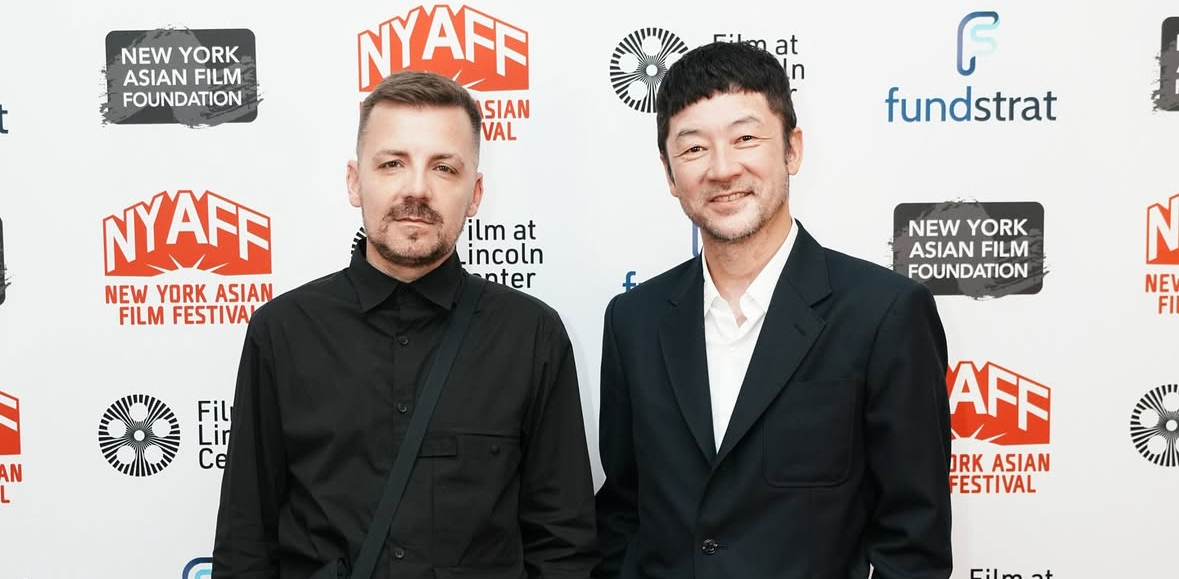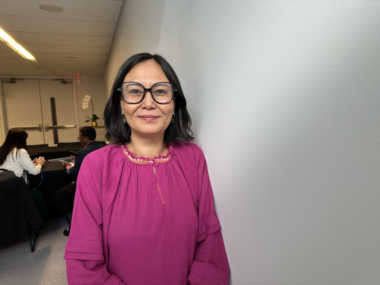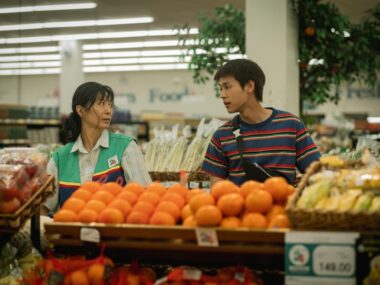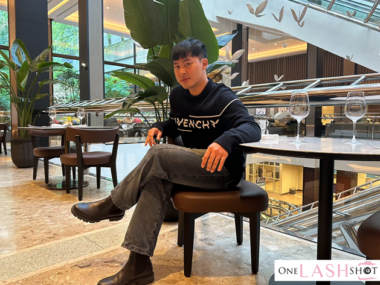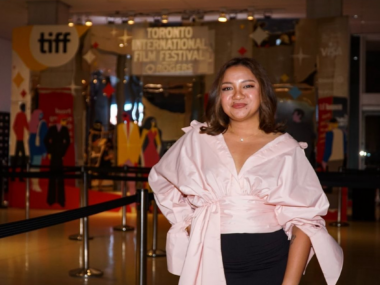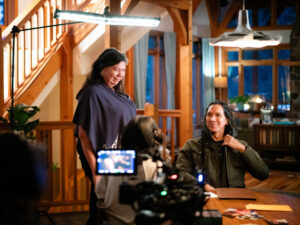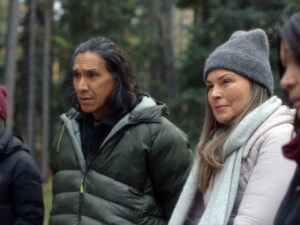At the age of 18, British director Mark Gill embarked on his creative journey by signing a recording contract with Warner Music. After a successful 15-year career as a musician, he returned to his roots in film and photography, quickly establishing himself as a talented writer-director. His short film The Voorman Problem (2011) earned critical acclaim, garnering Oscar and BAFTA nominations. In 2017, he directed England Is Mine, a poignant portrait of Morrissey, the iconic frontman of the rock band The Smiths, which was nominated for the prestigious Michael Powell Award for Best New British Feature at the BAFTAs and received a global release. His latest film, Ravens, made its Asian debut at the Tokyo International Film Festival in 2024 and won the Audience Award at the Austin Film Festival upon its premiere.
Japanese actor Tadanobu Asano—artist, musician, and muse to many auteurs—made his screen debut at just 16 and quickly captured the spotlight with standout performances in Shunji Iwai’s Fried Dragon Fish (1993) and Hirokazu Kore-eda’s Maborosi (1995). Renowned for his fearless range and magnetic presence, Asano rapidly became Japan’s most sought-after actor, collaborating with a who’s who of top-tier directors across Asia and Hollywood. His roles in daring, original films such as Pen-Ek Ratanaruang’s Last Life in the Universe (2003) earned him the Best Actor award at the Venice Film Festival. He also gained cult status for his fearless work in auteur-driven arthouse films like Sergei Bodrov’s Mongol (2008), for which he learned Mongolian, and Kiyoshi Kurosawa’s Journey to the Shore (2016), which won him the Asian Film Award for Best Actor. Other key roles include Martin Scorsese’s Silence (2016) and Koji Fukada’s Harmonium (2017), where his performance earned him yet another Asian Film Award for Best Actor. In 2025, Asano won a Golden Globe for Best Supporting Actor for his unforgettable role in the global hit series Shogun.
Ravens is an evocative film that journeys through the life and legacy of renowned Japanese photographer Masahisa Fukase, whose deeply personal and melancholic art was shaped by loneliness, loss, and love. At the heart of the story lies the creation of his haunting magnum opus, Karasu (Ravens)—a photo-book that redefined the boundaries of visual storytelling. Set against the fading light of Fukase’s later years, the film traces the slow, devastating unraveling of his marriage to Yoko—a breaking point that shatters his world and sends him spiraling into solitude and creative torment. Actor Tadanobu Asano graces the screen at NYAFF 2025 with Ravens, delivering a tour-de-force portrayal of the film’s tormented lead.
One Lash Shot journeys into the creative minds of the unlikely pair—director Mark Gill and actor Tadanobu Asano—as they unravel the rich tapestry of Masahisa Fukase’s legacy. Through their eyes, we witness the ripple effect of his visionary work in photography and uncover the fiery passion that ignited their quest to breathe life into the enigmatic story of an artist who defied convention.
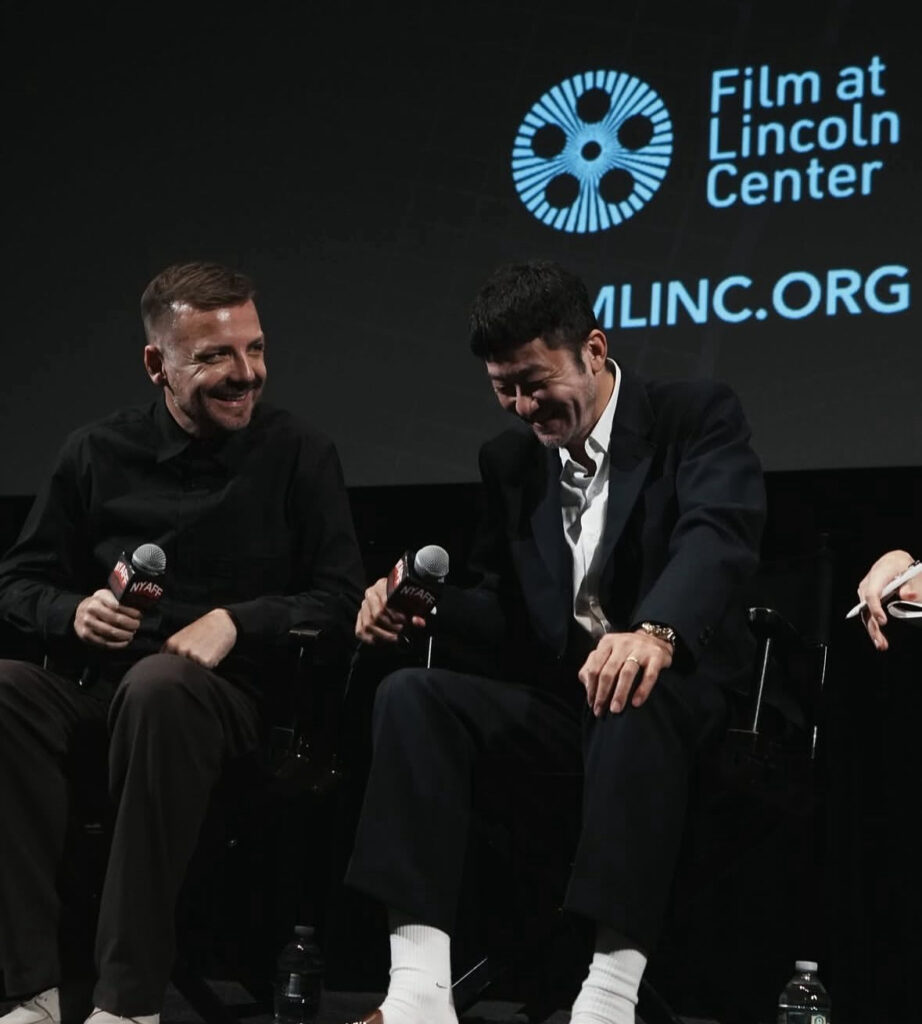
Ravens draws heavily on the symbolism in Masahisa Fukase’s photography. As a director, what made you want to focus on his story specifically out of all the photographers, and why choose Ravens over works like The Incurable Egoist or From Window series?
Mark: I think all the work finds its place in the movie. It’s all in there. I just had to choose three books: Ravens, Yoko (which includes The From Window), and Family. Those three books are essentially what I built the film around.
And why? Well, no one has a story as good as this. It’s really simple. This guy probably has three films inside him, but I just had to pick this one. Yeah, that was it. It was just a brilliant story. As a director, that’s exactly what you’re looking for.
Asano-san, you’re playing the legendary photographer Masahisa Fukase in Ravens, and as an artist yourself, what was your initial reaction when offered this role? Which aspects of Fukase’s life or artistry resonated most with you personally?
Asano-san: What struck me was the way he spent his time alone. I found that very relatable as an artist. Of course, as someone who was married and living with his wife, I think he was trying to carve out moments of isolation for himself. In a way, I was also projecting some of my own experiences onto Fukase’s search for that kind of solitude.
What is your favorite photo series by Masahisa Fukase, and why?
Mark: I think I know which one you’d pick. Yoko.
Asano-san: No.
Mark: No? You prefer Yoko, don’t you? For me, it’ll always be Ravens—just because it was the first set I saw. That’s what made me fall in love with him and the story. Yeah, it’ll always be those. Yoko is present in those images through her absence. So, yeah, those will always be the ones for me.
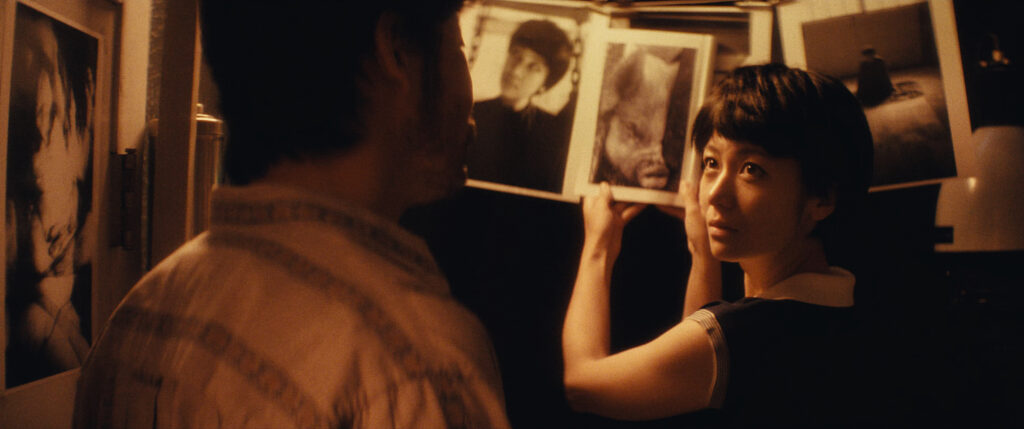
Asano-san: Actually, for me, it’s the images he made before he met Yoko. I had seen all of his other photos before, just through photo books, before I got to see his work in person at an exhibition. But when I finally went to a retrospective of his work, I was really shocked by these images, which were so unfamiliar to me—those he created before meeting Yoko.
I think these images really give a sense of who he was as a person in isolation, the time he spent alone. And that changed the way I viewed the images he shot of Yoko later. It felt like I was able to encounter those images again, but in a fresh way.
At the exhibition, I also saw the photos he made after splitting with Yoko. You can really see how that solo time, the time spent alone, shifted after his experience with her.
Fukase’s work is abstract and deeply visual. Given that Ravens is more about mood and atmosphere than dialogue, how did you approach bringing his character to life on screen? Especially considering the changes in his appearance over the years and minimal conversations?
Asano-san: Yeah, I think with dialogue, unless it’s used very purposefully in films, it can often become a hindrance. Like I mentioned, seeing Fukase-san’s exhibition—it was all about mood and atmosphere. And that’s something we really wanted to preserve in the film: the ability to express things without words, through mood alone. So, I’m really happy you noticed that aspect.
Mark: Yeah, that’s a great point Asano makes. As a writer, you also have to put everything down so Asano can see it and absorb it. And then, as Asano said, there were many times when he’d come to me and say, “I don’t think we need this line.” And I’d just go, “Okay,” because I trust him. I know he’s got a handsome face and he’s fully immersed in the role. Plus, I trust the power of what the camera can capture. So, those two elements worked really well together.

The best example of that is when Nami asks him, “Why did you give up photography? It gave you so much.” There was dialogue there—Asano had lines—but he said, “I don’t need to say it.” And I went, “Okay.” Then I watched what he did, and it became clear: this is why you trust your actors. This is why you cast Asano. His instinct takes you places that I, as a writer, can’t reach. I can give him the idea, the seed, but it’s the performance that makes it blossom. Simple as that.
How did one Academy Award nominee and a Golden Globe winner, British and Japanese respectively, end up working together in the first place in a bilingual project like this?
Mark: It wasn’t difficult at all. I’m a fan. I’ve always been a fan of Asano. When I got the project, I had one name on my list, and I gave it to the producer. I said, “Just get me Asano, or I’m not doing it.” And luckily, he said yes. Cinema is a universal language, so you surround yourself with good people who can handle the communication. I speak a little Japanese, and he speaks great English. If we can’t communicate, we have someone else to help.
I think pretty quickly, we both understood that what we were doing was right. Sometimes, we didn’t even need to talk. We’d just say, “Good morning!” and that was it. We’d chat about something else, then ask, “Do we need to talk about anything?” He’d say, “No,” and we’d just go for it. Usually, one or two takes, and he’d nail it. If I’ve got it, I’m happy. So yeah, it was simple.
Asano-san: Yeah, in Japan, I’m often considered a very unconventional actor, and it’s not that common for people to approach me with these interesting projects. I always thought that if I met a British director, we’d really get along—and when I met Mark, I realized it was true—I do get along with British people. So, I always felt like we had a very easy, fluid, mutual understanding.
Looking back on the filming process, is there a particular scene or aspect of Ravens that you wish had been explored further, but didn’t make it into the final cut?
Mark: I’m really happy with the film. It’s very selfish and indulgent, but I have to make it for myself first and foremost. It’s a privileged position to be in—to ask people to give you millions of dollars to make a film just for you. I love it. As it is, I wouldn’t change a thing. I think it’s perfect.
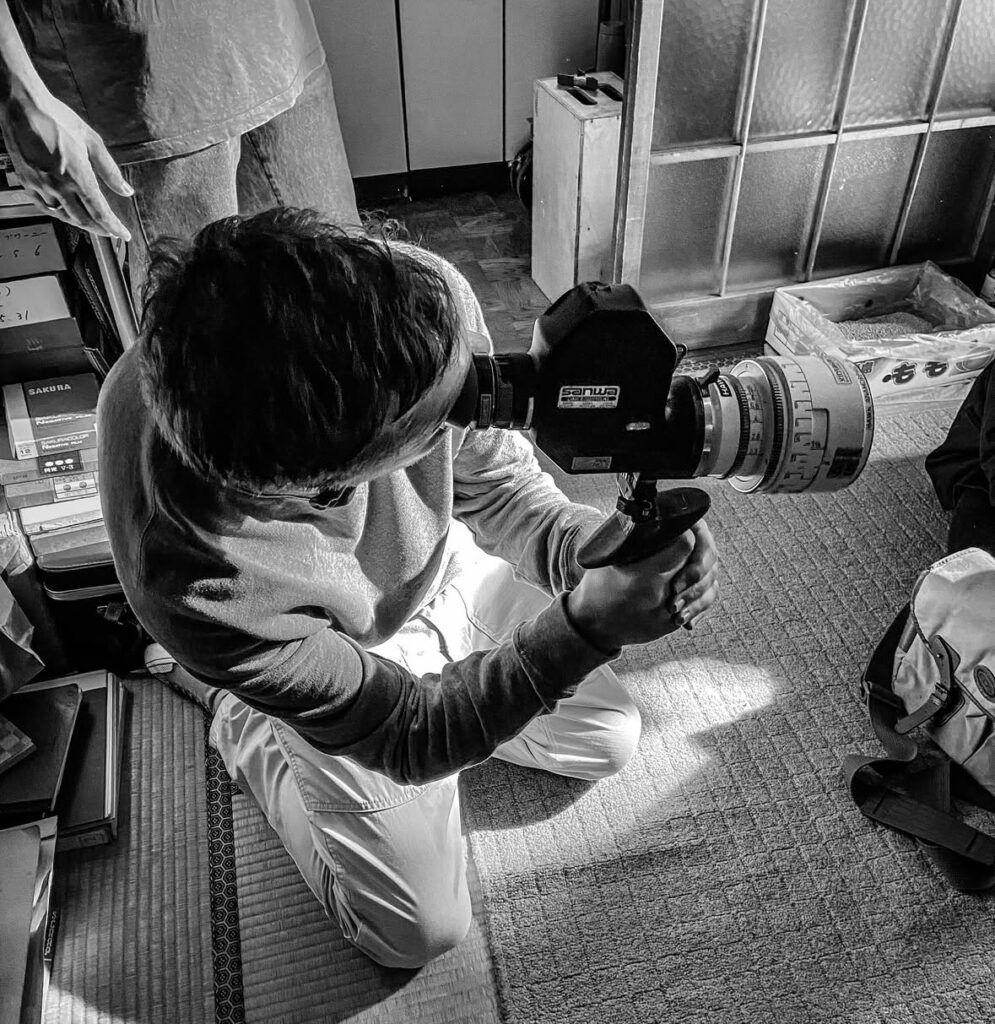
Asano-san: No, I’m having a great time right now. I have to say, I’m really happy with the film too. But if Mark wants to work on a part two or part three, I’d be more than happy to join the project.
Asano-san, how do you manage to find time for acting, drawing, and singing all at once?
Asano-san: It’s just a habit, really. I can take my art materials with me and draw anywhere, and these days, you can make music on an iPhone. So, it’s just the way I work.
[Author’s Note: Thank you for making this beautiful story depicting an artist I greatly admire. I can’t wait to watch you both collaborate on another project!]
